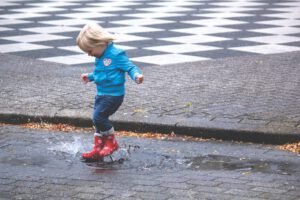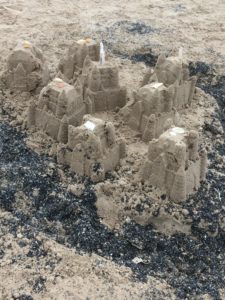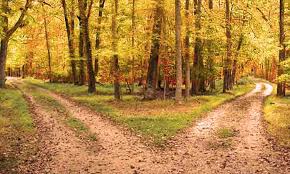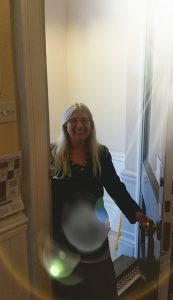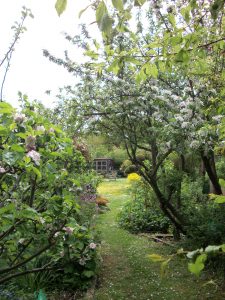When I was a child, I had an uncle who wasn’t all that good at talking a lot, but he was just what I needed – because he listened to me. He listened to me tell him about the books I was reading, my young dreams, and whatever else was on my mind. He used to respond with a drawn-out ‘Oh, yes’, which made me feel like I was a terribly importan t person.
t person.
I don’t think he had had much of a chance to read many ‘children’s books’ when he was a child, educated in a one-room schoolhouse in rural Saskatchewan in Canada. But he gave me two of my most treasured books I had as a child.
One was Old Possum’s Book of Practical Cats by T.S. Eliot, the beautiful old hardcover version (not that inadequate little paperback they peddle now). It had the most vibrant illustrations (with the charming attribution on the cover ‘Nicholas Bentley drew the pictures’). I read those poems over and over with great joy and deep satisfaction that a topic as important as cats was getting its due. The other volume was The Big Green Book by Robert Graves, quite a naughty tale about a child getting magical powers. The illustrations this time were by the great Maurice Sendak.
I had no idea at the time that T.S. Eliot and Robert Graves were two giants of modern literature, and when I grew 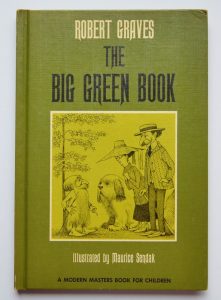 older I encountered their adult books with surprise – ‘Oh, did they write something else?’. I realized later that it was my uncle’s way of introducing me to the masters, and he had given me more than just the gift of a couple of children’s books. T.S. Eliot’s poems, particularly, have since become guideposts on my journey through life.
older I encountered their adult books with surprise – ‘Oh, did they write something else?’. I realized later that it was my uncle’s way of introducing me to the masters, and he had given me more than just the gift of a couple of children’s books. T.S. Eliot’s poems, particularly, have since become guideposts on my journey through life.
I still have both copies of those books he gave me, with his inscription to me in the front. He died nearly 20 years ago, but I still feel my love for him every time I open them. And I remember my uncle who gave me the greatest gift of all – his attention.
[Written on International Children’s Book Day 2018]
 y accepted that they may not produce much on any individual day, but by approaching their writing in small bits, they found it much easier to keep doing it daily. Apparently their daily writing sessions might be as short as 10 minutes, and never more than 4 hours. And they always took weekends off!
y accepted that they may not produce much on any individual day, but by approaching their writing in small bits, they found it much easier to keep doing it daily. Apparently their daily writing sessions might be as short as 10 minutes, and never more than 4 hours. And they always took weekends off!
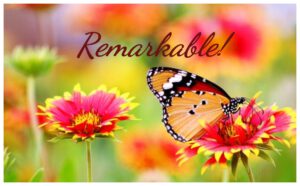
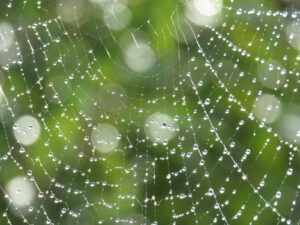
![IMG_3938[1]](https://www.writingforwellbeing.co.uk/wp-content/uploads/2022/02/IMG_39381-300x225.jpg)
